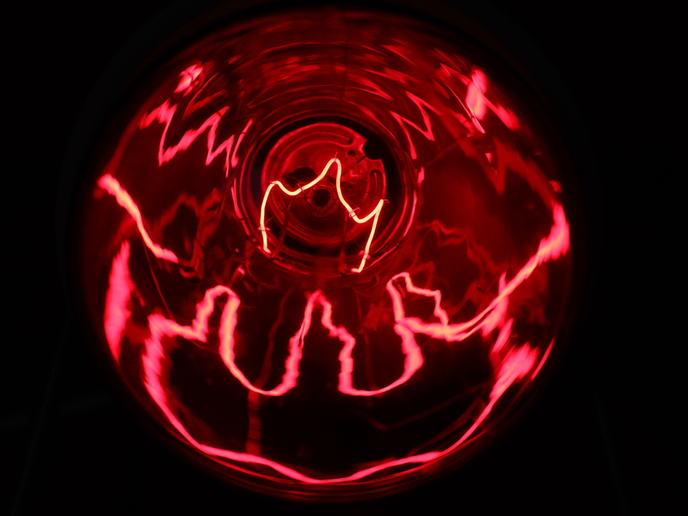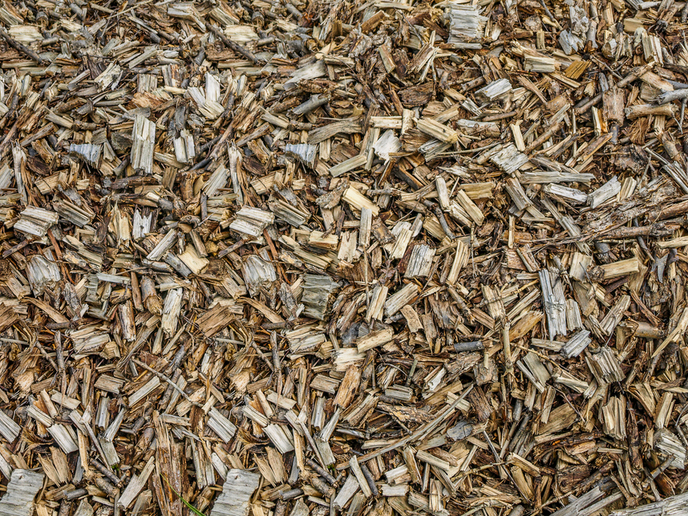Micro-reactions for advanced chemical synthesis
Microreactors are small devices where chemical reactions take place, generally in a network of channels that are smaller than 1 mm. Chemical reaction takes place continuously in microreactor channels, rather than in a large single batch as with conventional chemical production processes. This means that although the individual channels are small, the reaction can happen continuously in many of these channels, producing chemicals on a large scale. Microreactors offer several advantages over conventional scale reactors, including better energy efficiency, reaction speed, yield, safety and reliability; they also allow for a much finer degree of control over the reaction. Chemists are using microreactors to develop more efficient processes for synthesising chemicals. EU-funded scientists of the PHOTOFLOW (Synthesis of trifluoromethylstyrene compounds via gas-liquid photoredox catalysis in continuous-flow microreactors) initiative have developed a way to use microreactors to synthesise chemicals called trifluoromethylstyrene compounds. Trifluoromethylated compounds are useful in the pharmaceutical and agro-chemical industries. PHOTOFLOW studied a process that uses light to calatyse the reaction via a method known as photoredox catalysis. The high surface area-volume ratio of microreactors is ideal for this as it maximises light and allows for efficient cooling. To understand the reaction process and improve its efficiency, scientists investigated the effect of different factors on the reaction. These factors included catalysts, substrates, solvents, light and temperature. They compared the use of different substrates, such as electron-poor and -rich arylamines, and developed protocols for measuring important parameters in photochemical reactions. The scientists developed novel microreactors with high efficiencies that can be used for photochemistry. They also optimised parts of the process for synthesising trifluoromethylstyrene compounds in photo-microreactors. This PHOTOFLOW photo-microreactor could be an important tool for conducting academic research in the chemical sector. This research also advances our knowledge of microreactor technology and contributes to the fields of reaction engineering, flow chemistry and photochemistry.







